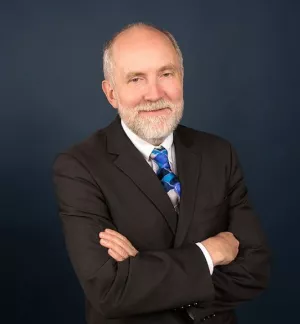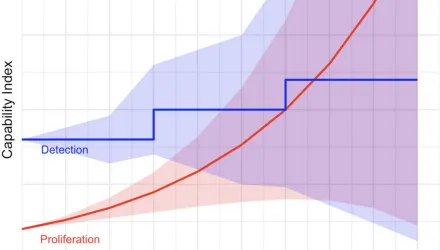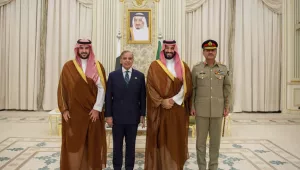The collapse of the Soviet Union in 1991 created unprecedented dangers. The crumbling empire had thousands of nuclear weapons, enough material to make tens of thousands more, and tens of thousands of experts with sensitive nuclear expertise. To overstate only slightly, Doomed to Cooperate: How American and Russian Scientists Joined Forces to Avert Some of the Greatest Post–Cold War Nuclear Dangers is a true story of scientists and engineers successfully working together to save the world.
Doomed to Cooperate is edited by Siegfried Hecker, a former director of Los Alamos National Laboratory and a central participant in the events described. The book tells the story of how US and Russian scientists threw themselves into the job of preventing catastrophe, with a “lab-to-lab” effort that pushed the frontiers of science; beefed up security and accounting for nuclear materials; and strengthened the technical foundations for stewardship of their countries’ nuclear arsenals. (See also the article by Hecker, Physics Today, July 2011, page 31.)
It is, as former undersecretary of energy Charles Curtis notes in the foreword, “a story of heroes,” of scientists succeeding in prying open and leaping through the slimmest of windows of opportunity—and of visionary government officials, including Curtis himself, backing them and giving them the freedom to seize chances as they arose. It is a tale that holds lessons that the governments of the US and Russia would do well to remember.
Hecker, working with colleagues Rady Ilkaev and Evgeny Avrorin—former directors of Russia’s two main weapons labs—has pulled together firsthand accounts from some 100 US and Russian (with one Kazakh) participants. The two-volume set is divided into sections on different aspects of the cooperation, including nuclear weapons and material security, stockpile stewardship, fundamental science, conversion from defense work to civilian work, and the human dimension of the effort. Hecker provides readable and informative introductions to each of the sections. Unfortunately, US–Russian tensions forced Ilkaev and Avrorin to pull out as formal coeditors of the English-language volume; they plan to put out a Russian volume that will include their introductions.
Bunn, Matthew. “Doomed to Cooperate: How American And Russian Scientists Joined Forces To Avert Some Of The Greatest Post–Cold War Nuclear Dangers.” Physics Today, November 2016
The full text of this publication is available via Physics Today.





